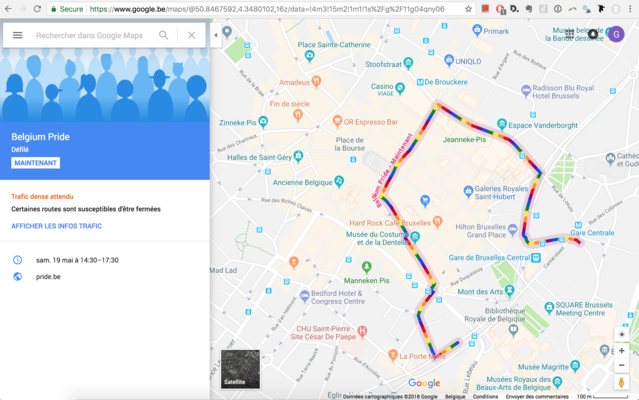One key change in how people experience and visualise the city in the last 20 years has been the availability of GPS tracker through the ownership of smartphones. This technology gave users a 2D, bird view representation of the city at their fingertips. Google map is one of the most popular GPS tracking software and is used by many people. But as no representation is entirely objective, the choices made through the algorithm of the firms have an impact on the way the city is represented. It is possible to say that google map is computational subjective cartography. We can find this subjectivity in the choice to highlight certain cities, restaurants or area of interest. But also deciding what is a green space and what is not.<br /> [In a very insightful post](https://www.justinobeirne.com/google-maps-moat) Justin O’Beirne explains how google map built the area of interest through algorithmic computation and that, in one exemple, those cover most of subjective cartography participants pointed as zone of interest.<br /> What is interesting is that this cartography is evolving in almost real time and can be adapted to event, such as the gay pride.

